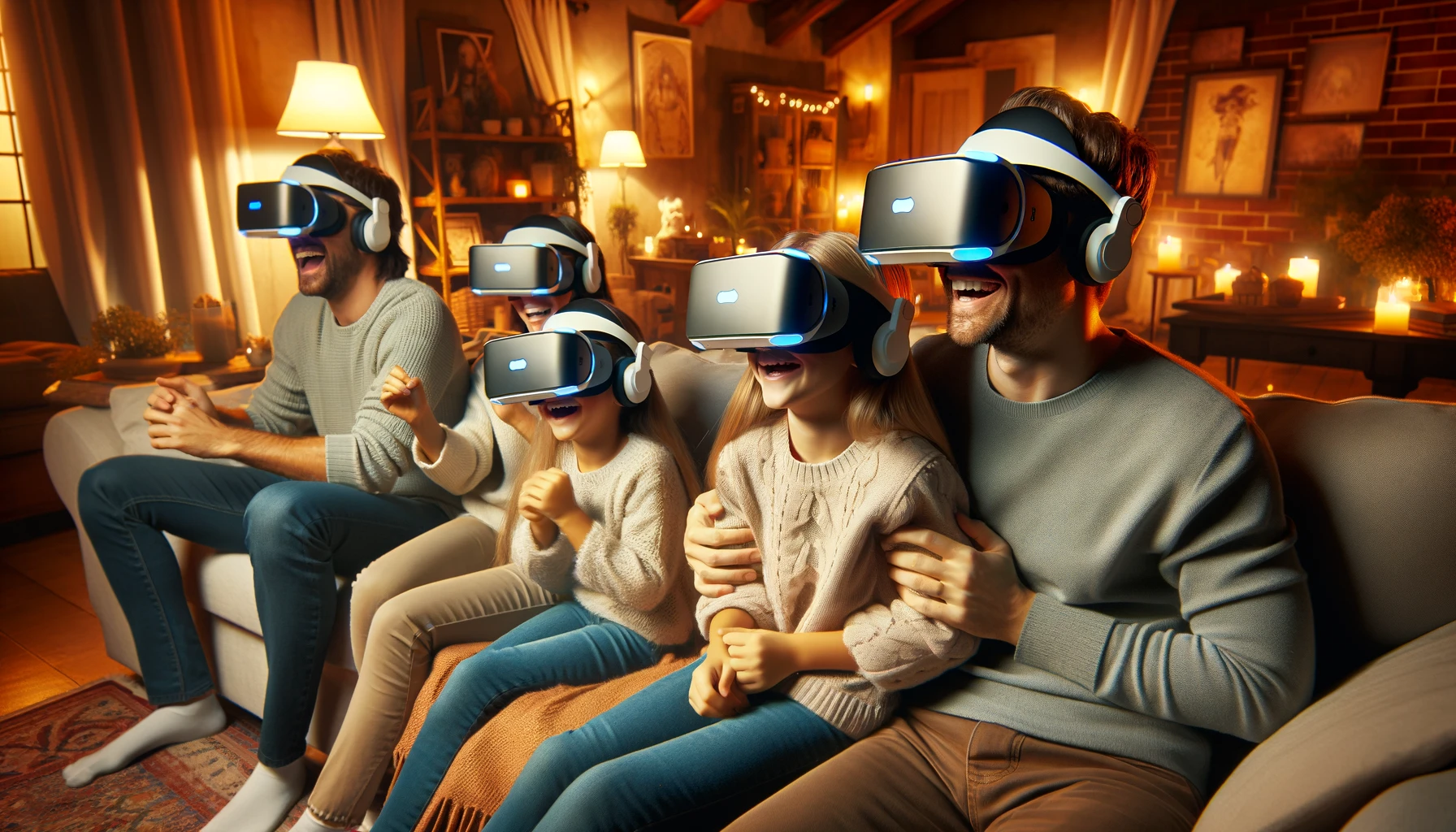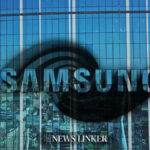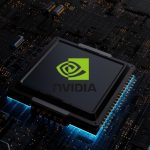In a significant technology integration, Apple Vision Pro has announced its collaboration with Nvidia‘s Omniverse platform, a move set to transform the way digital twin environments are rendered and manipulated. This breakthrough will empower professionals across various industries, offering an enhanced toolkit for real-time AI-driven rendering and adjustments to virtual replicas of physical entities. As the digital and physical worlds grow increasingly interconnected, this development promises to bolster the capabilities of designers, engineers, and creators, catering to the rising demand for seamless digital transformation.
Seamless Integration Enhances Creative Workflow
The integration of Apple Vision Pro with Nvidia Omniverse represents a leap in efficiency and functionality, providing users with a powerful combination of Apple’s intuitive design interface and Nvidia’s cutting-edge AI rendering technology. Users can expect a more streamlined workflow that harnesses the best of both worlds, delivering precise and immediate changes to digital twins without compromising on quality or speed. This synergy is particularly advantageous for professionals requiring high-fidelity simulations and complex visualizations in sectors such as architecture, automotive, and urban planning.
Past Developments and Industry Impact
Technology firms have long pursued the goal of perfecting digital twin technology, aiming to provide a virtual mirror of physical assets for analysis and optimization. Prior to this integration, Apple and Nvidia have both made significant strides in their respective fields. Apple’s focus on high-performance computing and user-friendly interfaces has positioned it as a preferred choice for content creators, while Nvidia’s advancements in AI and GPU technology have set new standards for rendering and simulation. This merging of capabilities from the two tech giants enhances the digital twin concept, creating a more dynamic and robust toolset for industry professionals.
To illustrate the broader context of this technological milestone, related articles delve deeper into the ecosystem of digital twin technology. A piece from ‘The Verge’ titled “Nvidia CEO believes we’re on the cusp of a virtual reality ‘metaverse'” showcases Nvidia’s vision of interconnected virtual worlds, hinting at the potential of Omniverse as a foundational element in creating such realities. Another article from ‘Engadget’, “Apple aims to revolutionize AR with new hardware and software developments”, highlights Apple’s ambition in augmented reality and its implications for the future of digital rendering and interaction. These articles underscore the trend of converging technologies that pave the way for more immersive and responsive virtual experiences.
Advancements in Real-Time Rendering and Simulation
The real-time rendering capabilities brought forth by the integration of Apple Vision Pro with Nvidia Omniverse are set to revolutionize the way simulations are conducted. The use of artificial intelligence to drive these processes not only enhances the speed and efficiency of rendering tasks but also brings about unprecedented accuracy and realism. This marks a significant step towards the democratization of high-end simulation tools, previously accessible only to those with substantial resources, and opens up new possibilities for innovation across various fields of expertise.
As someone deeply fascinated by the fusion of creativity and technology, I believe this development marks a pivotal moment for digital content creation. The combination of Apple’s robust hardware and Nvidia’s AI-rendering prowess equips professionals with a tool of unparalleled strength and versatility. This will not only streamline complex projects but also inspire new creative possibilities. It’s evident that as we move forward, the digital twin concept will continue to play a crucial role in various sectors, driving progress and efficiency through high-quality virtual representations.










